Urban exploration photography is a captivating genre that encapsulates the essence of forgotten or unseen urban spaces. Exploring abandoned buildings, derelict structures, and forgotten corners of cities often requires a keen eye, an adventurous spirit, and the right equipment. While digital photography has become the norm, film cameras still hold a special place in the hearts of many urban explorers for the unique quality they bring to the table.
When enjoying urban exploration photography with film cameras, certain models stand out due to their reliability, versatility, and ability to capture the essence of these forgotten spaces.
One of the top choices for urban exploration photography is the Nikon FM2. Renowned for its robust build and exceptional manual controls, the FM2 offers reliability in unpredictable urban environments. Its sturdy construction ensures durability amidst the sometimes harsh conditions of abandoned buildings. The manual controls provide the photographer with complete command over exposure settings, making it ideal for capturing the diverse lighting conditions encountered during urban exploration.
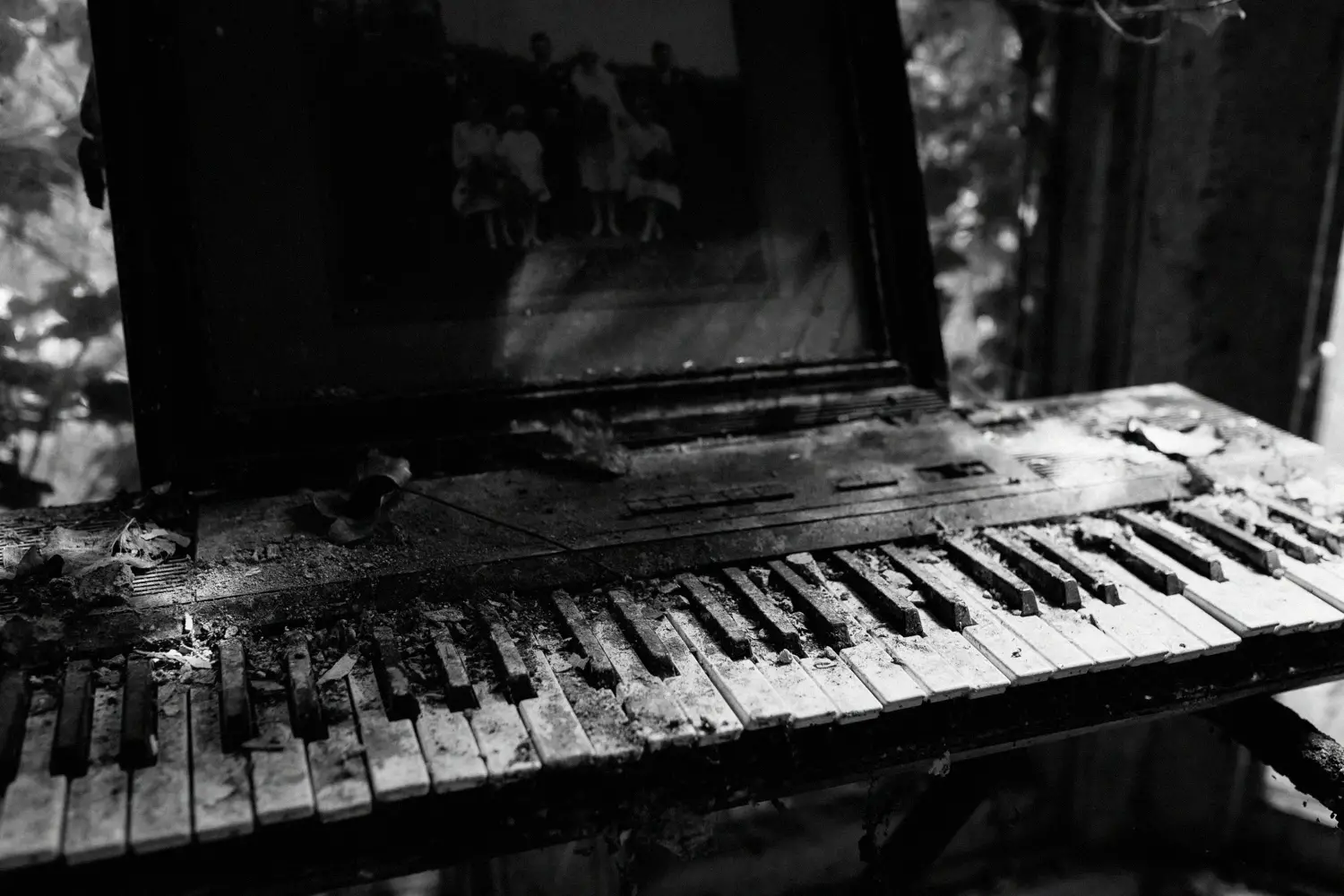
The Nikon FM2 pairs exceptionally well with various film stocks. For urban exploration, photographers often opt for black and white film like Ilford HP5+ or Kodak Tri-X. These films offer excellent contrast and a classic, timeless aesthetic, ideal for capturing the gritty and haunting atmosphere of abandoned urban spaces. Additionally, colour negative films like Kodak Portra or Fujifilm Pro 400H can render urban decay in a different light, offering a softer, more muted palette while retaining excellent detail.
Another notable film camera is the Canon AE-1. This classic 35mm SLR camera remains a favourite among photographers for its ease of use and affordability. The AE-1’s compatibility with a wide array of Canon FD lenses allows for versatility in capturing the various textures and compositions prevalent in urban exploration photography.
The Canon AE-1 works seamlessly with a wide range of film stocks. For urban exploration, experimenting with films like Ilford Delta 3200 or Fujifilm Neopan Acros can heighten the dramatic effect by embracing higher sensitivity and pronounced grain, allowing photographers to capture details even in low-light conditions. Colour films like Kodak Ektar or Fujifilm Superia offer vibrant colours and fine grain, adding a unique visual quality to the exploration photographs.
Pentax K1000 is also a popular choice, known for its simplicity and reliability. This fully mechanical camera offers a straightforward interface, making it an excellent option for beginners venturing into urban exploration photography with film.
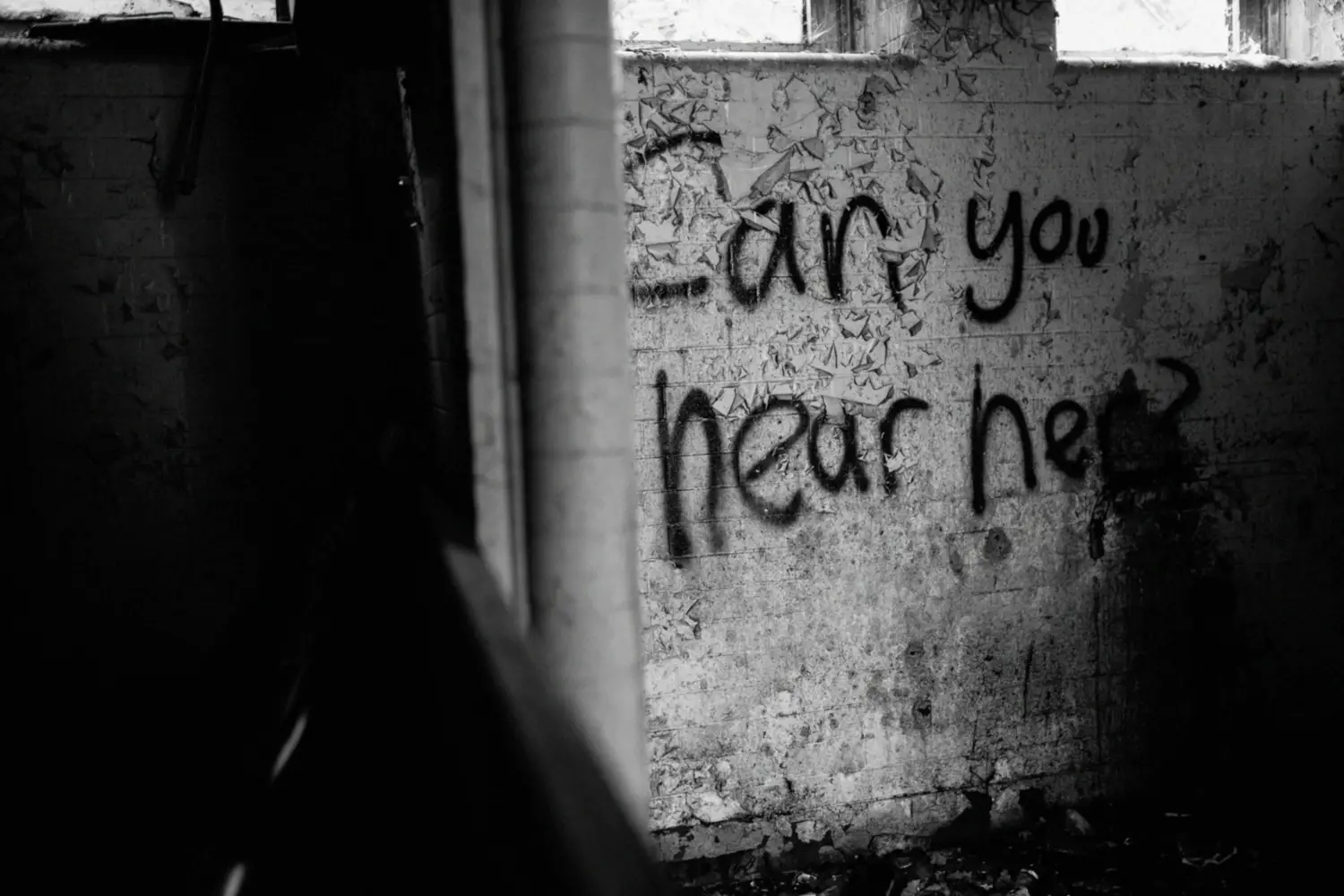
The Pentax K1000, celebrated for its simplicity and reliability, also supports various film types that cater to different photographic preferences. Black and white films such as Kodak T-Max or Ilford FP4+ can provide excellent tonality and sharpness, allowing for striking monochrome images showcasing the haunting beauty of urban decay. Colour films like Kodak Gold or Fujifilm C200 offer a more traditional colour palette, lending a nostalgic and warm feel to the exploration shots.
What makes these film cameras ideal for urban exploration is their durability, ease of manual control, and compatibility with various lenses, allowing photographers to adapt to the unpredictable conditions often encountered in abandoned spaces. The tactile nature of shooting with film cameras adds an immersive experience to the exploration, fostering a deeper connection between the photographer and the environment.
To capture compelling urban exploration photographs, certain techniques can significantly enhance the final imagery.
Firstly, understanding light is crucial. Urban exploration often involves low-light conditions or stark contrasts between light and shadow. Learning to work with available light sources, such as natural light filtering through broken windows or artificial light spilling into abandoned spaces, can add drama and depth to the photographs.
Long exposures using a tripod help handle difficult lighting situations. When navigating dimly lit or abandoned spaces, use a sturdy tripod to capture hauntingly beautiful scenes that unfold in challenging lighting conditions. By setting up for longer exposures and carefully adjusting manual settings on film cameras, such as selecting a smaller aperture and slower shutter speed, you can unveil hidden details and textures within these forgotten environments.
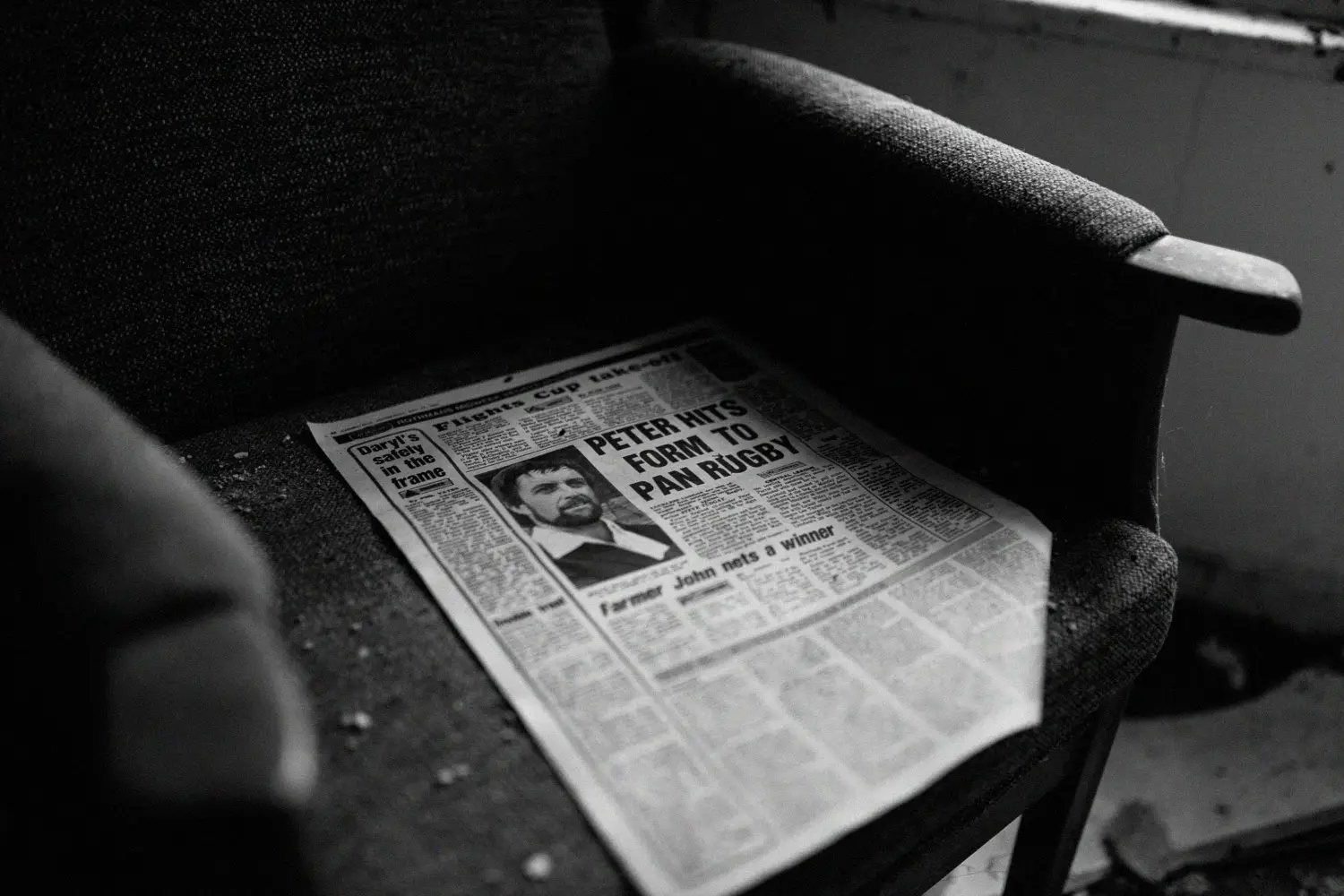
Mastering long exposures with film cameras and a tripod adds depth and narrative to urban exploration photography, enabling photographers to artfully convey the mysterious allure of these forgotten spaces through the distinctive charm of analog film.
Composition plays a pivotal role in urban exploration photography. Using the elements present in the environment, such as decayed structures, peeling paint, or remnants of human presence, to frame and guide the viewer’s eye creates compelling visuals. Experimenting with angles and perspectives can transform mundane scenes into captivating narratives.
Furthermore, embracing the imperfections and unique characteristics of film adds an authentic and nostalgic quality to the images. Embracing film’s inherent grain, contrast, and colour rendition can elevate the mood and storytelling of urban exploration photographs.
Film cameras like the Nikon FM2, Canon AE-1, and Pentax K1000 offer distinct advantages for urban exploration photography. Their robust build, manual controls, and adaptability make them reliable companions in capturing the haunting beauty of forgotten urban spaces. Combined with an understanding of light, composition techniques, and an appreciation for film’s unique qualities, photographers can create evocative images that encapsulate the essence of urban exploration.
I hope you enjoyed reading about my thoughts on urban exploration photography. You can follow my adventures on Facebook or my blog.
Share this post:
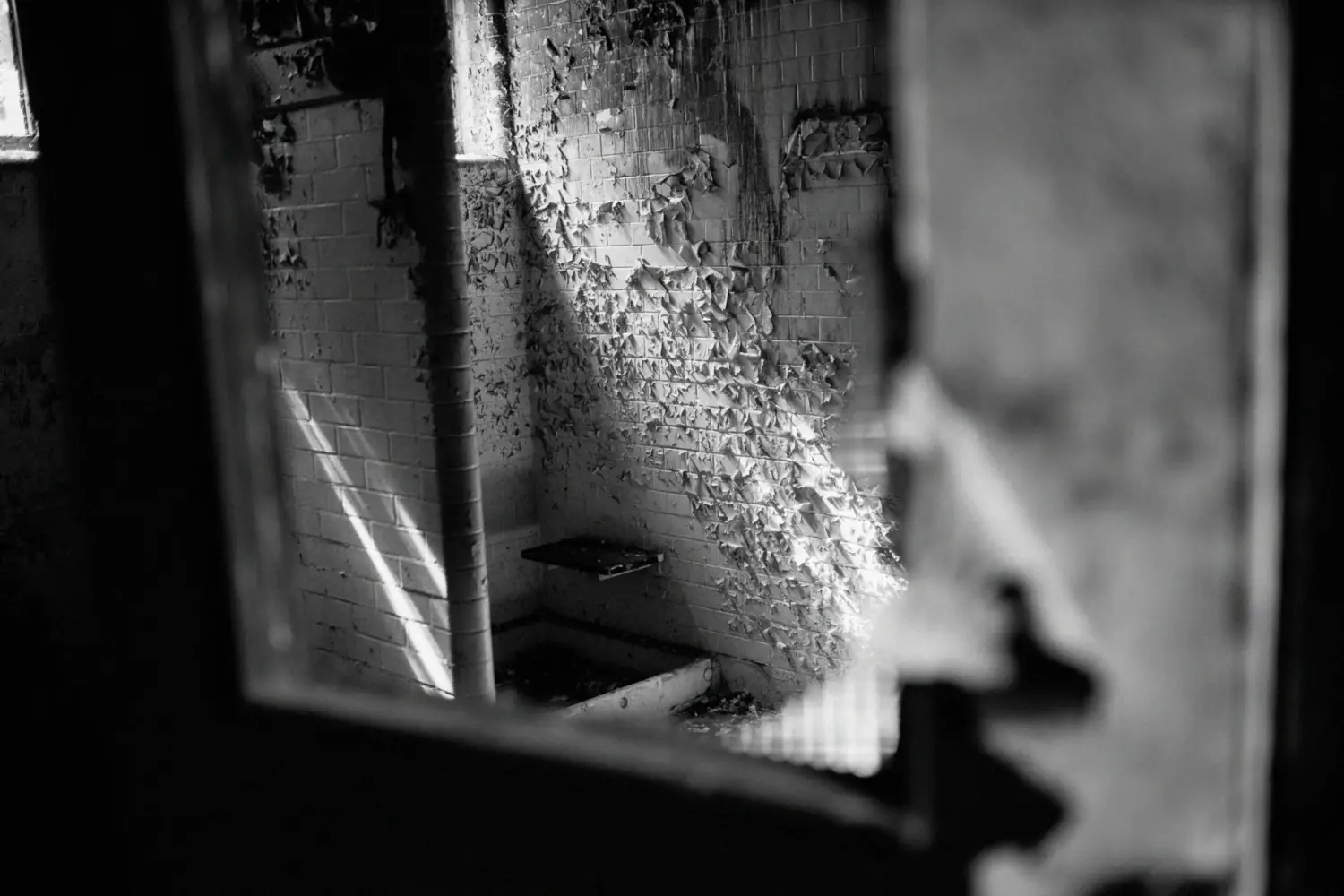
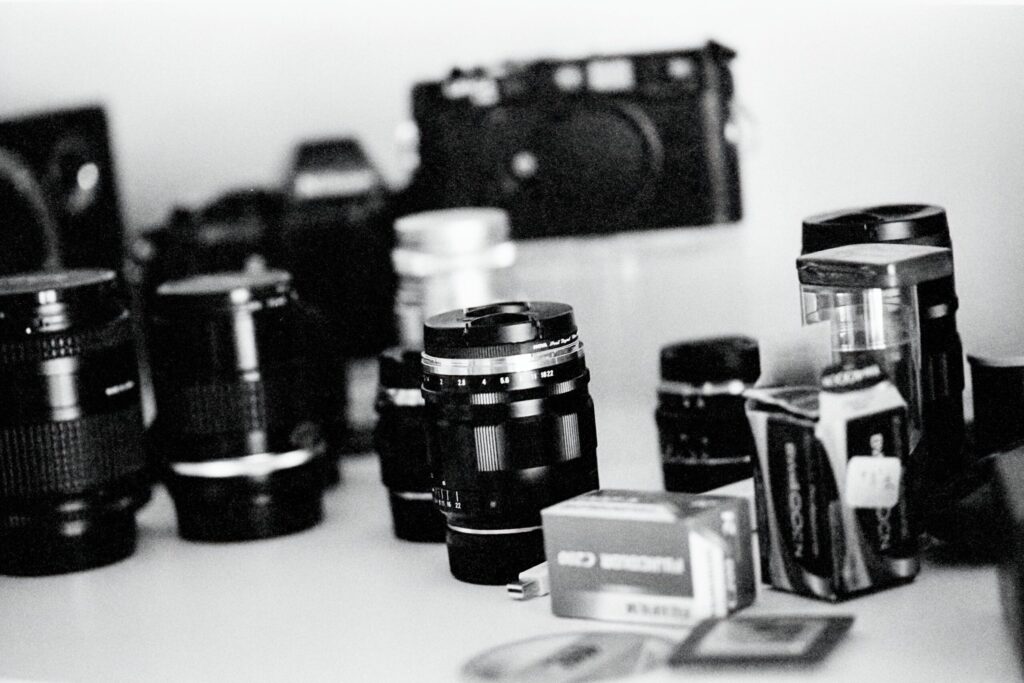
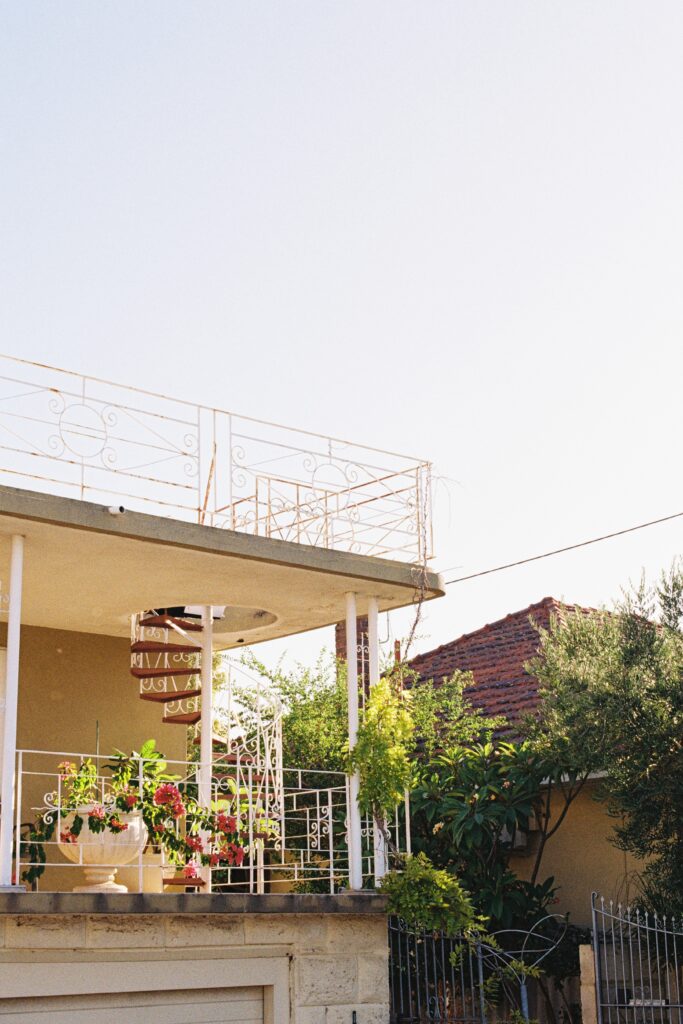
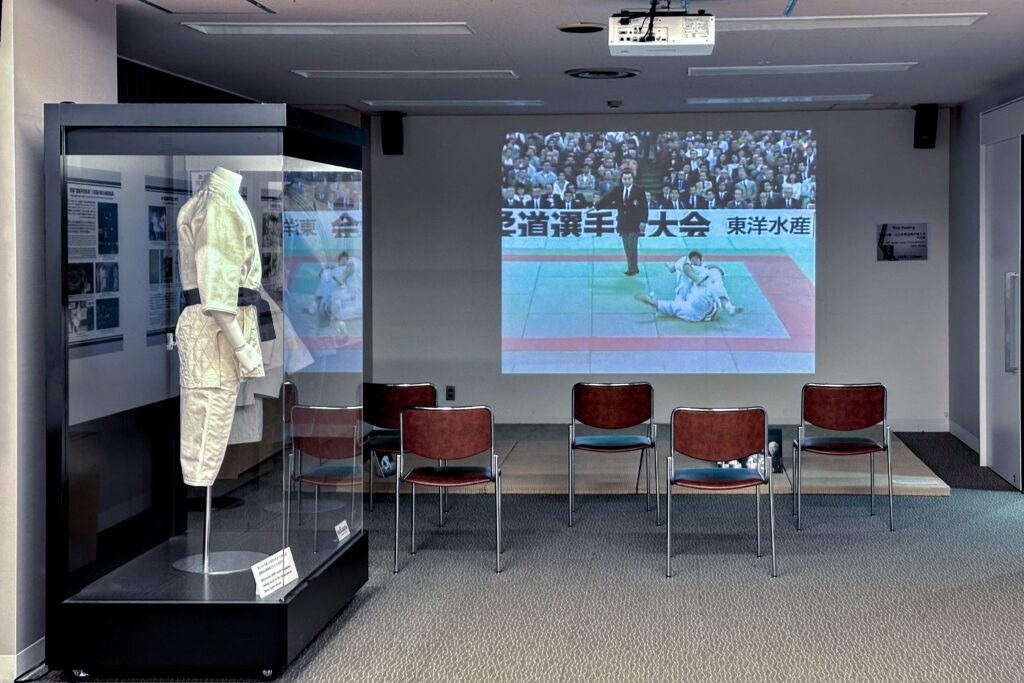
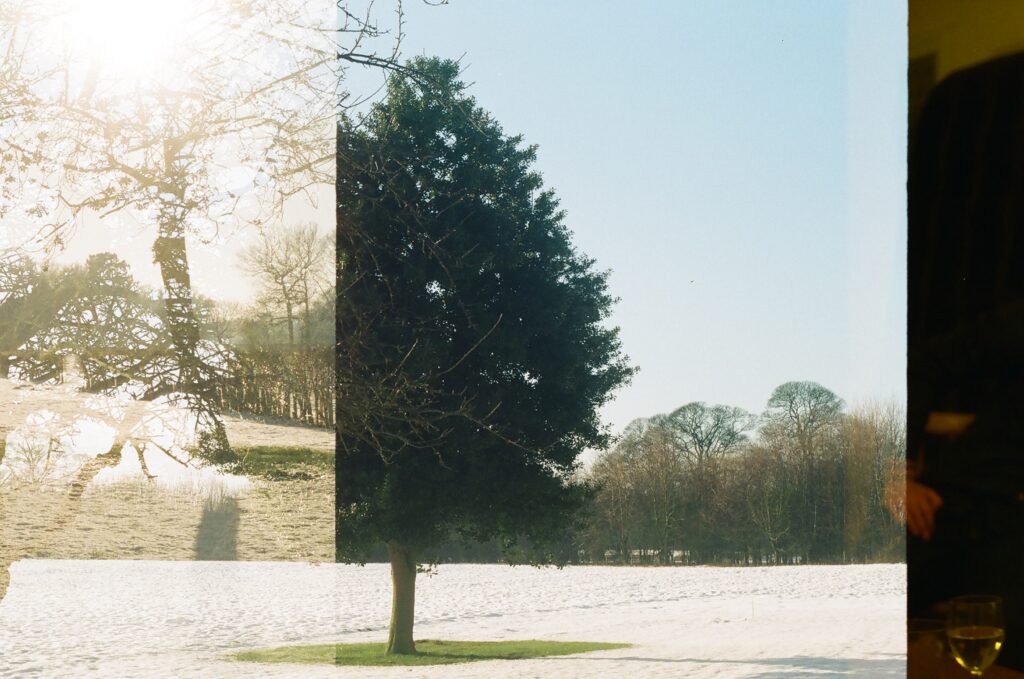




Comments
Ibraar Hussain on Exploring Urban Exploration Photography
Comment posted: 13/02/2024
Some handy tips there
Urban photography is of the most challenging to get right
Geoff Chaplin on Exploring Urban Exploration Photography
Comment posted: 13/02/2024
Inspiring article, thanks.
Gary Smith on Exploring Urban Exploration Photography
Comment posted: 14/02/2024
Daniel Castelli on Exploring Urban Exploration Photography
Comment posted: 05/03/2024